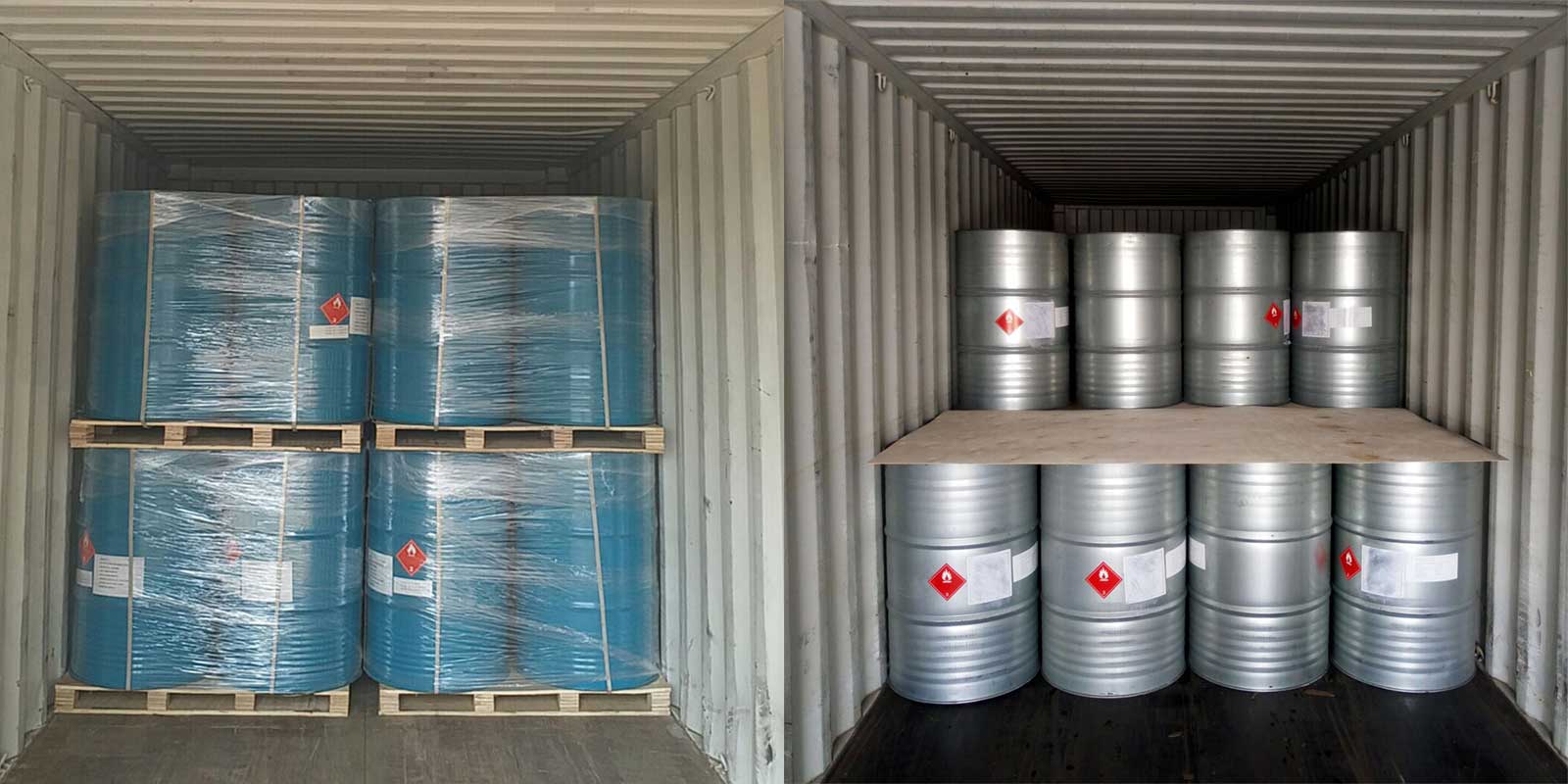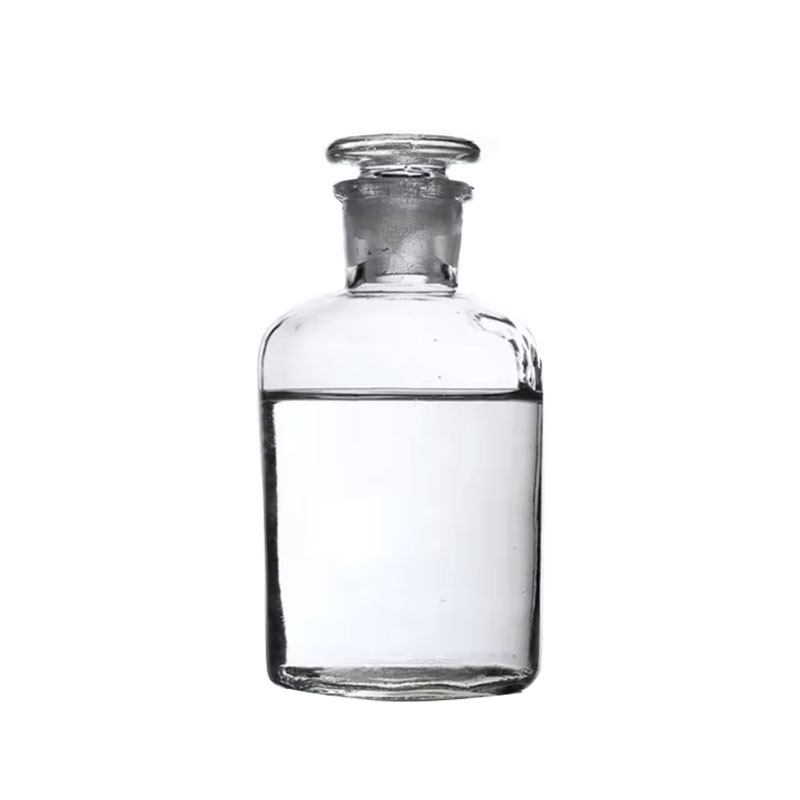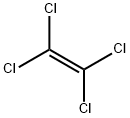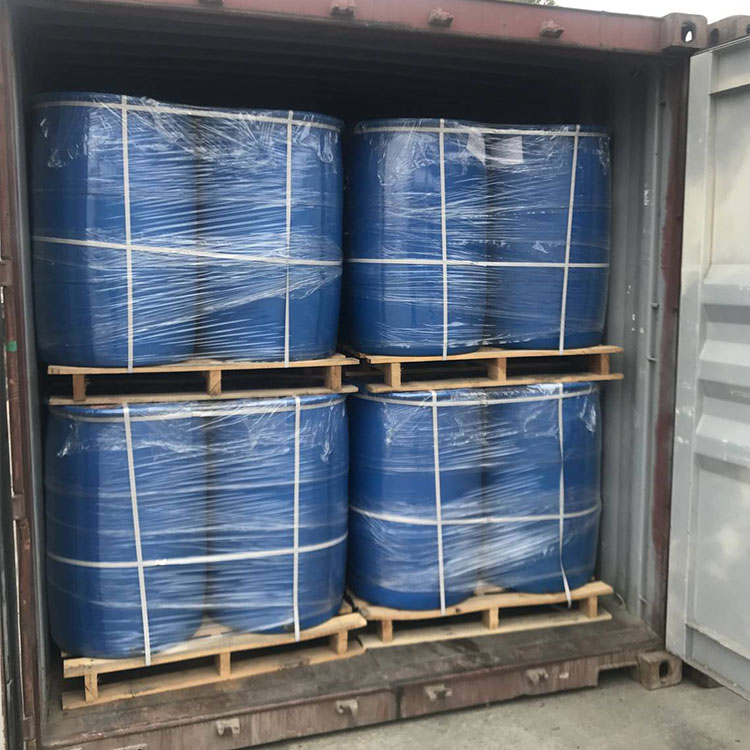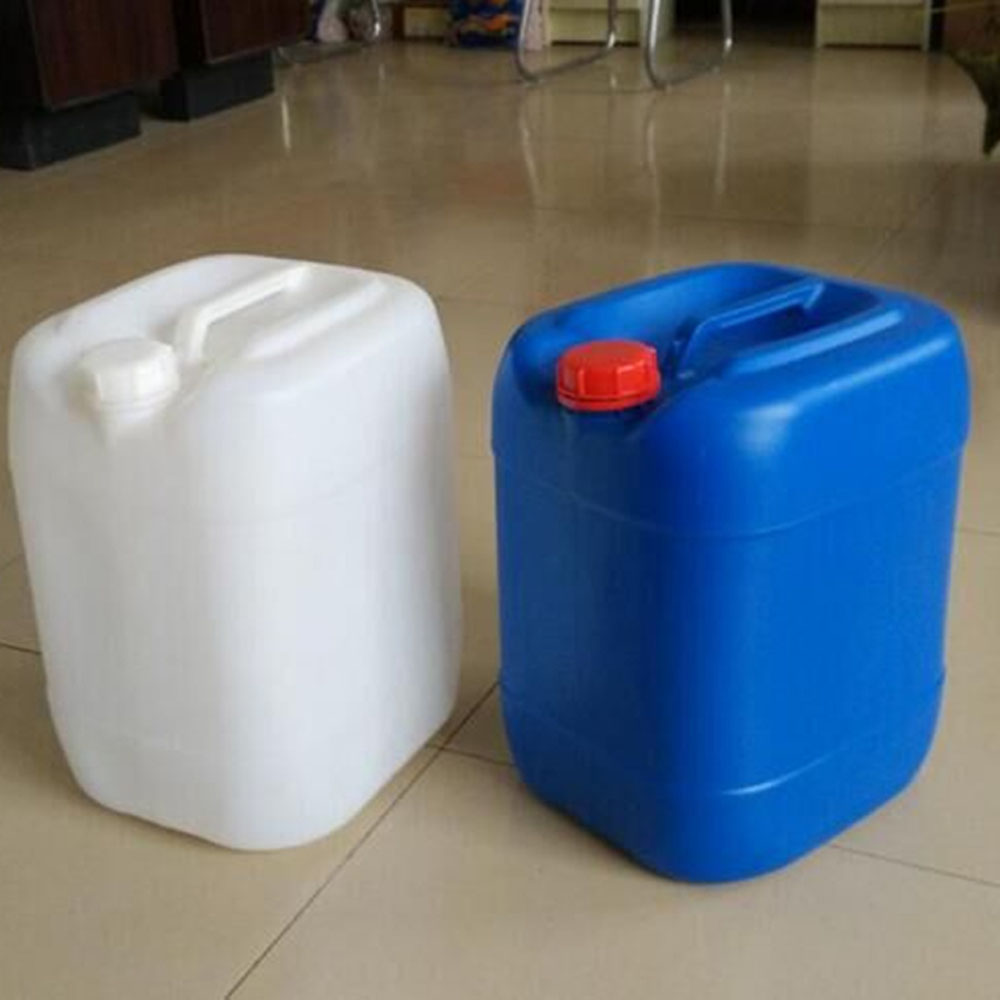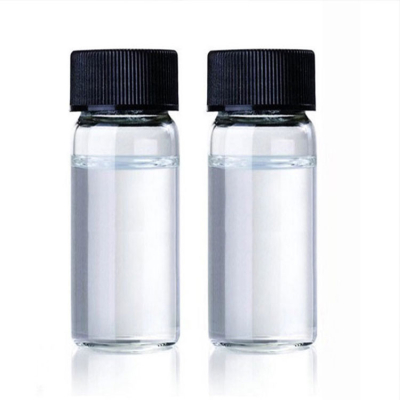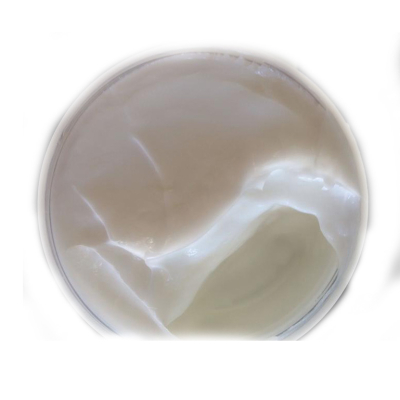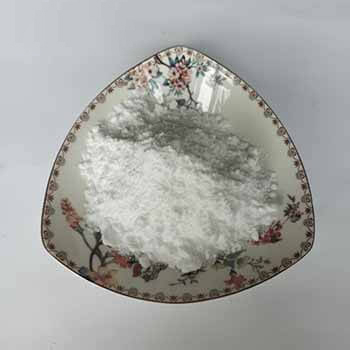Tetrachloroethylene CAS#127-18-4
Tetrachloroethylene CAS#127-18-4 Promotion Season Now in Store and Free Sample for Testing with Factory Price
Chemical Name:Tetrachloroethylene
CAS No.: 127-18-4
Molecular Formula:C2Cl4
Molecular weight:165.83
Sample: Available
Mode of Transportation
1. By Air, fast but expensive.
2. By Sea, usual and economy.
3. By Train, suit for middle Asia countries.
4. By Express, suit for small package.
We only provide highest quality goods available, accompanied by after support!
Tetrachloroethylene CAS#127-18-4
Tetrachloroethylene (chemical method Cl2C=CCl2) is a chlorinate hydrocarbon used as an industrial solvent and cooling liquid in electrical transformers. It is a colorless, volatile, nonflammable liquid with an ether-like odor. The most important section of tetrachloroethylene is produced by means of excessive temperature chlorinolysis of mild hydrocarbons.
Tetrachloroethylene is an awesome solvent for natural materials. It is volatile, quite stable, and nonflammable, and for this reason being extensively used in dry cleaning. It can additionally be used to degrease steel components in the car and different metalworking industries upon being combined with different chlorocarbons. It can additionally be used in neutrino detectors. However, it ought to be stated that it is a conceivable carcinogen.
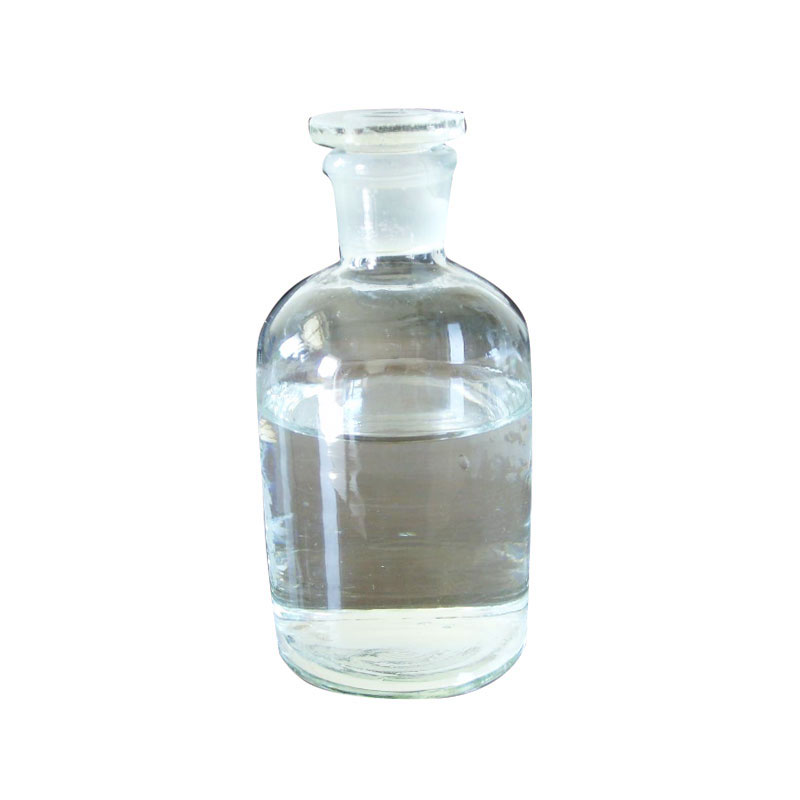
Tetrachloroethylene Chemical Properties |
Melting point | -22 °C (lit.) |
Boiling point | 121 °C (lit.) |
density | 1.623 g/mL at 25 °C (lit.) |
vapor density | 5.83 (vs air) |
vapor pressure | 13 mm Hg ( 20 °C) |
refractive index | n |
Fp | 120-121°C |
storage temp. | Store at +2°C to +25°C. |
solubility | water: soluble0.15g/L at 25°C |
form | Liquid |
color | APHA: ≤10 |
Odor | chloroform-like odor |
Odor Threshold | 0.77ppm |
Water Solubility | Miscible with alcohol, ether, chloroform, benzene and hexane. Slightly miscible with water. |
FreezingPoint | -22.0℃ |
λmax | λ: 290 nm Amax: 1.00 |
Merck | 14,9190 |
BRN | 1361721 |
Henry's Law Constant | 4.97 at 1.8 °C, 15.5 at 21.6 °C, 34.2 at 40.0 °C, 47.0 at 50 °C, 68.9 at 60 °C, 117.0 at 70 °C (EPICS-GC, Shimotori and Arnold, 2003) |
Exposure limits | TLV-TWA 50 ppm (~325 mg/m3) (ACGIH), 100 ppm (MSHA and OSHA); TLV-STEL 200 ppm (ACGIH); carcinogenicity: Animal Limited Evidence. |
Dielectric constant | 2.5(21℃) |
Stability: | Stable. Incompatible with strong oxidizing agents, alkali metals, aluminium, strong bases. |
LogP | 2.53 at 20℃ |
CAS DataBase Reference | 127-18-4(CAS DataBase Reference) |
NIST Chemistry Reference | Tetrachloroethylene(127-18-4) |
IARC | 2A (Vol. Sup 7, 63, 106) 2014 |
EPA Substance Registry System | Tetrachloroethylene (127-18-4) |
Safety Information |
Hazard Codes | Xn,N,T,F |
Risk Statements | 40-51/53-23/25-11-39/23/24/25-23/24/25 |
Safety Statements | 23-36/37-61-45-24-16-7 |
RIDADR | UN 1897 6.1/PG 3 |
WGK Germany | 3 |
RTECS | KX3850000 |
Autoignition Temperature | 260℃ |
TSCA | Yes |
HazardClass | 6.1 |
PackingGroup | III |
HS Code | 29032300 |
Hazardous Substances Data | 127-18-4(Hazardous Substances Data) |
Toxicity | LD50 orally in mice: 8.85 g/kg (Dybing); LC for mice in air: 5925 ppm (Lazarew) |
IDLA | 150 ppm |
Product Usage
Tetrachloroethylene is used as a solvent, indrycleaning, and in metallic degreasing.Tetrachloroethylene is a frequent industrial solvent that is frequently observed as a contaminant in groundwater. Tetrachloroethylene is additionally a suspected carcinogen to people and is challenging to degrade biologically as it has no herbal source. This compound is a contaminant of rising problem (CECs).
Factory and Equipment Show
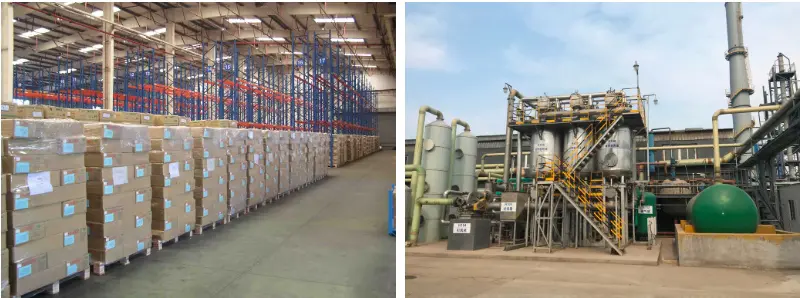
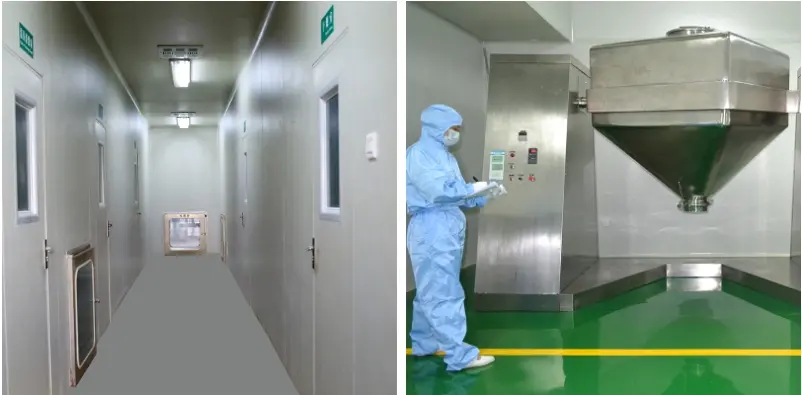
Fast transport time
Inventory 2-3 working days New manufacturing 7-10 working days
